The 7th Annual National Safety Stand-Down to Prevent Falls was postponed earlier this year with no tentative reschedule date—that is, until now.
Contact tracing has become one of the key tools to track and fight the spread of the coronavirus. While there are thousands of contact tracers working to follow the path of the virus, there are not nearly enough—and many are finding that people are uncooperative.

As businesses reopen and the workforce strives for normalcy, the challenge now comes with properly training employees to stay compliant, safe and healthy during this time.
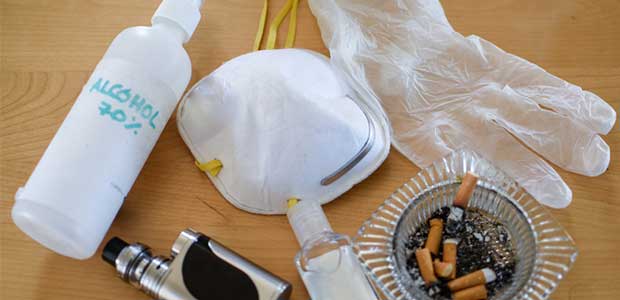
Scientists have long speculated that vaping can exacerbate a person’s likelihood of getting COVID-19 or having a severe case, and one recent study by the Journal of Adolescent Health is the first to find conclusive results on the topic.
The University of Birmingham recently released a press release about how individuals can reduce their exposure to pollution with simple solutions such as closing windows or changing route.

Agriculture farms continue to operate to grow crops and feed the country, but with minimal federal protections against the coronavirus, many farmers are worried about contracting the virus on the job.
Get ready for a “mega-campaign” of flu immunization efforts across the country in parking lots, doctors’ offices and socially distanced appointments. Here’s why it’s important, and how to do it safely.
Collecting, coding, analyzing and reporting industry and occupation data from COVID-19 cases is crucial to informing public health strategies to reduce the impact of the pandemic on workers. One NIOSH article gives some examples.

As the school year begins, a national poll and NPR article show that most teachers have significant concern about returning to the classroom, and most prefer to start the year online.

SPONSORED
When 2020 began, the average manager may have supervised a handful of remote workers. Now, because of the COVID-19 pandemic, many companies are having some or all of their employees work from home for the foreseeable future.
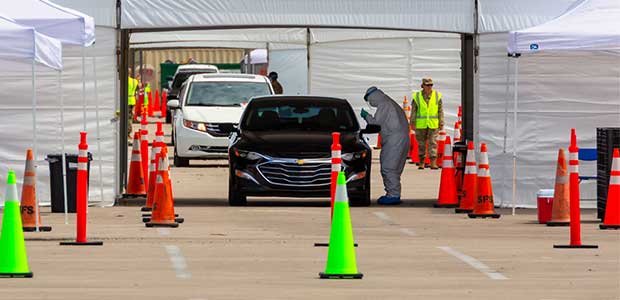
As businesses continue to grapple with the question of how to reopen safely, a number of big tech names are stepping up and offering testing and contact tracing COVID services to employers.
Even though summer might be coming to an end, wildfire safety and preparedness is important all year long. Make sure you brush up on your company’s plan for wildfires, especially in high-risk states like California, Colorado and Texas.
OSHA generally recommends that workers wear medical masks or cloth face coverings at work to protect against the coronavirus. OSHA’s recently published page addresses false claims that these coverings cause unsafe oxygen and carbon dioxide levels for the wearer.
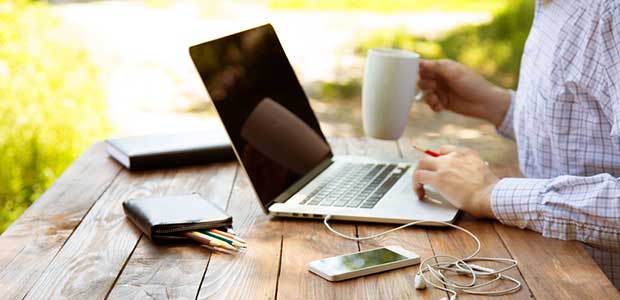
One New York Times article explores the ways in which companies are adjusting to remote working. If you or your company are struggling to work from home well, there’s a chance you could be missing these key pointers.
Hurricane season typically lasts from June to November, and there are already some big storms on the way. Make sure you are refreshed on hurricane and disaster preparedness, response and recovery methods, and read OSHA’s page to start.
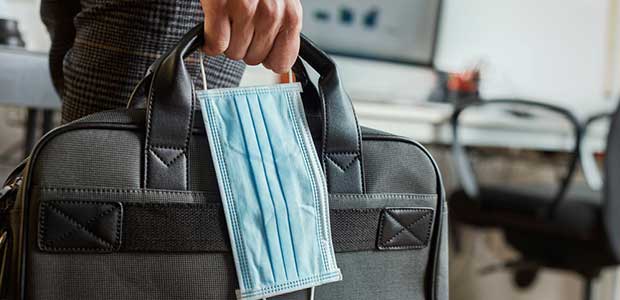
Some office workspaces have returned to in-person work again, and that is leaving a number of workers anxious, stressed and ashamed of their sanitation efforts—or lack thereof. Here’s how to manage that anxiety, and how to talk to your employer.
OSHA recently ordered JHOS Logistics and Transportation Inc. to reinstate an employee who had been terminated for refusing to drive an overweight vehicle at a California facility. OSHA is also charging the company $190,000 back in wages, $25,000 in punitive damages and $5,000 in compensatory damages and attorney fees.
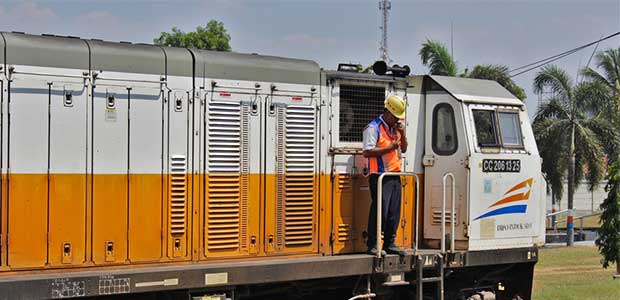
A Q&A with worker safety professional, Tom Lotz, on how the pandemic has changed lone worker safety.
AIHA announces free educational guide and resources for construction industry.
Before the pandemic, it seems that the vast majority of the population did not give PPE a second thought. That has changed.